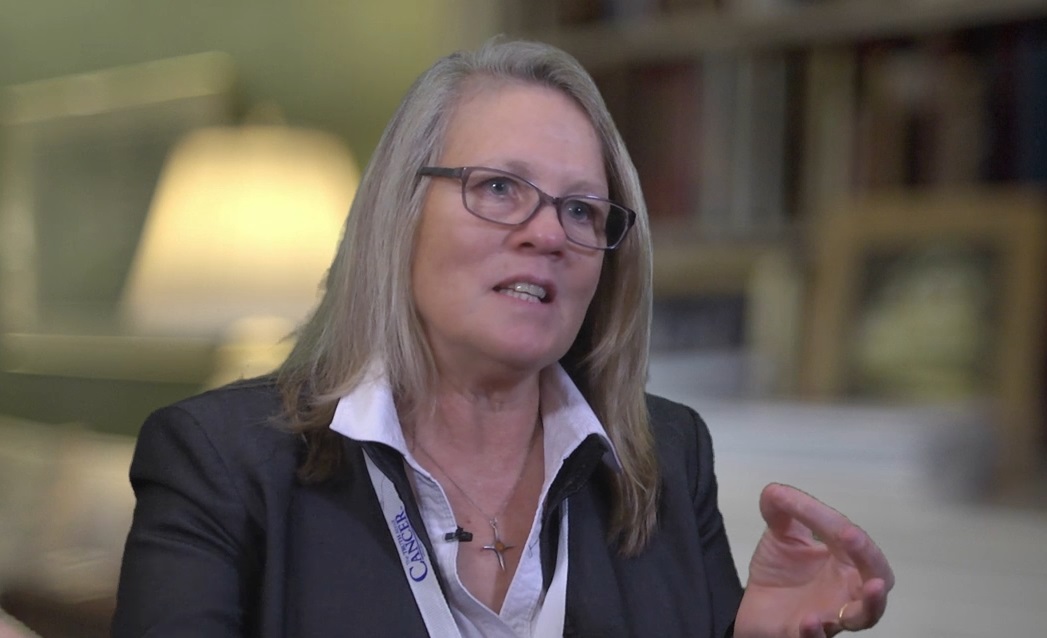Chaga: This anti-aging superfood can help prevent cancer, improve the immune system
12/16/2016 / By David Gutierrez

(NaturalNews) Did you know that the most antioxidant-potent superfood known is a mushroom that grows inside the bark of birch trees? This superfood has shown benefits in fighting cancer, boosting the immune system, improving cholesterol levels and staving off aging.
Inontus obliquuus, commonly known as chaga, has been used as a food and traditional medicine for hundreds of years. It grows only in cold regions where the temperature drops below -30° F for more than two months every year, such as Northern Canada, Alaska, Siberia, Scandinavia and the northern Baltic region. It takes seven to 20 years for the chaga cap to mature to the point where it can be harvested.
A traditional superfood
Chaga has traditionally been used as food by indigenous Siberians, as an ingredient in soups, stews and daily beverages. In Russia, Eastern Europe and Northern Canada, it has a long use as a traditional cancer cure. Eastern Europeans also prize it for its ability to cure respiratory diseases.
Chaga also has a long history of use in China and Korea, where it is typically consumed as a tea. In Korea, this tea is thought to regulate energy and fight stress. Chaga is also often used topically as a treatment for psoriasis and eczema.
Scientific research is just starting to bear out the truth of this folk wisdom.
Analyses of chaga have shown that it has the highest antioxidant potency of any superfood, and is particularly rich in the antioxidant super-oxide dismutase (SOD), a chemical that occurs in the body but naturally declines after age 30. Antioxidants fight chronic disease and help stave off the effects of aging by freeing the body of the free radicals that can damage cells and DNA.

People who consume it daily don’t get cancer
Chaga is also rich in Beta-D-Glucans, which are known to help regulate the body’s immune response – turning it up or down as necessary to fight infection or prevent allergy and autoimmune diseases. This immune-regulating function may account for chaga’s effectiveness at treating ulcers, which are caused by bacteria, and tumors, which can also sometimes be cleared by the immune system.
In investigating the potential anticancer benefits of chaga, modern researchers have found that the regions of Russia that have the highest use of chaga have almost no incidence of cancer.
Studies have shown that SOD can dramatically boost survival among patients undergoing radiation therapy for cancer, as well as reducing scarring and toxicity and boosting wound healing. Research also suggests that chaga activates immune cells that help fight cancer initiation.
Chaga is also rich in lanosterol and inotodiols, which have been shown to directly hamper cancer cells in laboratory studies. Lanosterol may also help kill viruses.
Chaga contains betulin and betulinic acid, which are currently being studied for their effects on cancer and viruses, and have been shown to support healthy cholesterol levels. Betulinic acid in particular has been shown to break down LDL (“bad”) cholesterol in the blood.
Because chaga grows only in the wild in a few specific regions, most people who want to reap its benefits will need to purchase the mushrooms (or tinctures or capsules made from them) at a local health food store or online.
If you get hold of the fresh mushroom, one of the most popular ways to consume it is in the form of tea. Simply grind one 10g chunk into powder, place it in a tea infuser, and steep in 400ml of hot water for at least 5 minutes (the longer the better, from a health perspective). Chaga can be bitter, so most people sweeten the tea before drinking.
If you can only find dried chaga, traditional ways to prepare it include soaking it in vodka or simmering it for several hours and mixing it with ginger ale for taste.
To heal the skin and protect it from aging, you can make a cream from chaga, raw beeswax and spice oils.
Sources for this article include:
Submit a correction >>
Tagged Under:
anticancer, chaga
This article may contain statements that reflect the opinion of the author





















